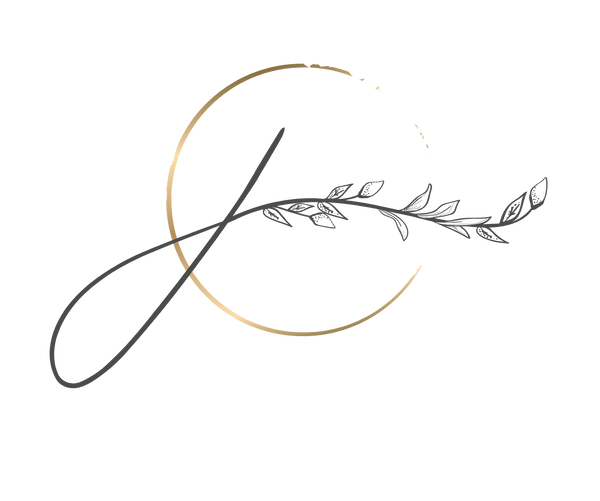About Plant Dyes

What does plant dyed really look like? This picture, is a little silly, I don't ever stand on my pots, except for photos. But pots and pots of plants and fibers every where is real life for a plant dyer.

Collected plant material also takes up a lot of room! I tend to freeze what I collect, until I have enough of it to make a dye pot. You may notice in a lot of my listing I speak on ethical foraging practices. Working in that frame work, It will take me a few days or weeks to collect a large amount of plant material from different places. So having a chest freezer is helpful!

The process of plant dyeing also only allows for small batch dyeing. I use quite large pots! ( thanks Nonna for gifting me her 50 year old sauce pots from Italy!) But to be able to move the fabric around enough, with enough water, my dye lots are limited to 3 meters at the most, at a time.

I do purchase some plant material, that I am unable to harvest locally. I buy from reputable companies that hold the same ethical foraging, ethical purchased values I hold very close to my heart, and is the purpose of using plants in my work.
Plant dyed fibers are a living thing. Unlike fibers dyed with synthetic dyes, plant dyes change with age. I do my best to use plants that are wash and light fast. Meaning they have proven over time to hold their colour very well in the light and through washing. But that doesn't mean they wont change. some plant dyes over the years will darken, some will lighten, or shift shades. This is what I think is part of the beauty of items dyed with plants.
Read more about dyeing with plants over on my Blog

THE FABRIC
Most of the items I make are made with Hemp/Organic cotton fabrics. All fabrics are prewashed and pre shrunk.
Why Hemp?
The hemp plant yields extremely long fibers, which produce a fabric that is much stronger and more versatile than other fabrics. Hemp also breathes and wicks moisture better than cotton. Hemp fiber is an efficient insulator keeping you warm in winter and cool in summer. It is also highly regarded for UV protection.
Hemp grows from hemp seed to mature plant in 90-140 days. It is an environmentally friendly product that requires no chemicals to grow. Industrial hemp can be used to make textiles, food, cosmetics, plastics, building material and fuel.
Growing hemp requires no herbicides or pesticides making it an extremely environmentally friendly crop. Hemp crops actually nourish the soil in which it is grown leaving nutrient rich farmland for rotation crops.
I am a tactile person. The feeling of fabric made from hemp, feel sturdy, natural. I have been working with hemp/organic cottons for the past 17 years. I have never been disappointed.
CORD
The cord I use for the Rope Vessels is 100% unfinished cotton cord, manufactured in Canada.
.
